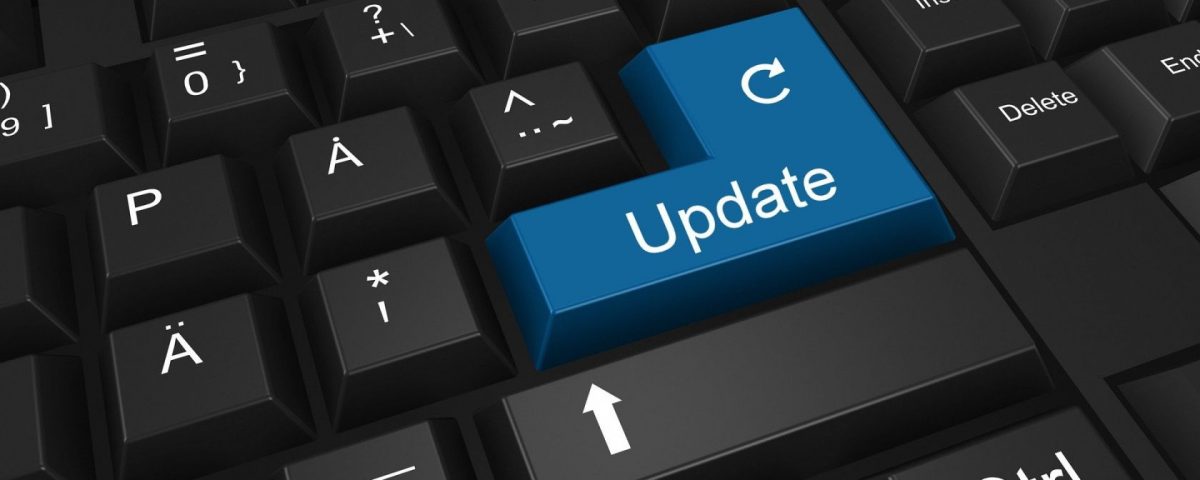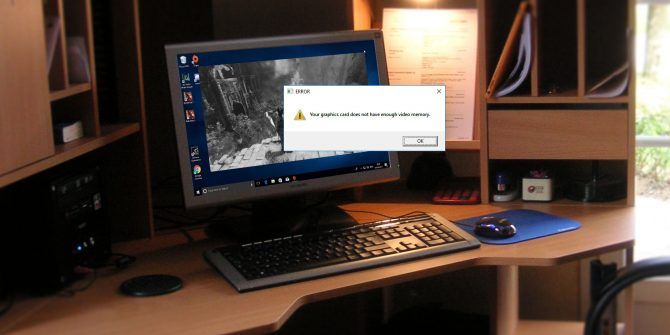
Cómo actualizar la RAM de su computadora portátil: una guía paso a paso
5 julio, 2021
5 Ways to Fix a Windows Computer Screen That Doesn’t Turn Off After Set Time
5 julio, 20215 razones comunes por las que fallan las actualizaciones de Windows

Windows 10 is a live service, which means it’s not finished. There are regular updates, both core and feature, that improve your Windows experience. In a perfect world, these updates would be flawless. From critical functions to useful features, everything would work as expected.
But, as with everything, there are some big kinks to them. As a result, updates on Windows fail quite often. That said, Windows updates don’t often fail for random reasons. The following are common reasons why updates on Windows fail.
1. Low Storage
If you’ve ever seen Windows warn you that “the storage is running low, some system functions may not work,” you should take it seriously. Several of Windows’ critical system functions either stop or partially run when there is not much storage to work with.
Updating Windows is one of the functions that can stop when your PC is low on storage space.
When there is an update available, Windows needs some free storage to download the update files. These are the files that Windows installs when you restart your PC and run the updater. If there is not enough storage space, Windows can’t download all critical files leading to a failed installation.
Therefore, before you update your PC’s OS, make sure there is enough room on board.
2. Multiple Updates in the Queue
Microsoft updates Windows quite frequently. As a result, the operating system continuously improves with each new update. From the core functions to individual features, the monthly updates deliver new features and fix issues that the community reports.
Essentially, there are two types of updates: one that addresses core system components and the other that addresses features built on top of these core components.
When you have multiple updates lined up, you first need to install the ones that are meant to polish critical system components. For instance, if you have a Servicing Stack Update available and you don’t install it, chances are quite high that all the following updates will fail.
Servicing Stack Updates are meant to fix issues with Windows Updates Service. These updates ensure that everything is in order before Microsoft can push important feature updates.
In other words, the tools and processes that manage updates on Windows need servicing and bug fixes. Otherwise, they can “prevent patching some other part of the OS with the monthly latest cumulative update (LCU),” according to Microsoft’s John Wilcox.
In short, because Windows is a component-based OS, different components require maintenance. So, the component that manages updates also requires servicing from time to time. So, update regularly and you won’t have to worry about botched updates in the future.
3. Driver Conflicts
The main function of an operating system is to manage the different hardware devices connected to the computer. An OS does this through drivers that come packed with every hardware device that you connect to your PC.
Although drivers are necessary, they can cause conflicts. For instance, drivers for your GPU might not be playing nice with your RAM. The results of such issues can range from general system instability and failed updates to critical system failure.
Long story short, updates can fail if there are bad drivers. You can get rid of bad drivers by updating the driver to the latest version or rolling back the driver to a more stable version.
4. Corrupt System Files
Windows has a lot of system files that are necessary for the OS to work. Any corruption among these files can have major consequences for the entire operating system. This includes failed updates.
Therefore, any time an update fails, you should run a System File Checker (SFC) scan.
A System File Checker scan checks the core system files for possible corruption and attempts to fix it.
In Windows 10, before running an SFC scan, it is always better to run a Deployment Image Servicing Scan (DISM) first. The DISM scan tries to pinpoint the issues with Windows’ component store. The component store keeps all Windows components for rolling back a change or repairing a corrupt file in Windows.
An SFC scan can’t repair files if the component store is itself corrupt. DISM resolves this corruption, so the SFC scan can do its job. You can run both of these scans from a CMD window with administrative privileges. Once you have run these scans, try updating again.
5. Windows Update Service Misbehaving
If not the biggest, one of the biggest causes of failed Windows updates is the underlying Windows Update Service.
The Windows Updates Service is responsible for automatically checking, downloading, and installing updates. If the update service is not running, it can cause updates to stall or even fail.
And this does happen. Whenever the Windows Updates Service is not running, the OS displays the message “Windows Update cannot currently check for updates, because the service is not running.” Unfortunately, this also means that the system will not download and install any updates.
To get the updates back on track when the update service itself is misbehaving, you have to restart the service. Restarting the service requires you to stop and start the service manually or by booting into safe mode. Booting into safe mode is the safer and quicker option. Once into safe mode, delete the update cache and restart your computer.
There Are Solid Reasons Why Windows Updates Fail
Windows updates are critical to the overall health of the operating system. Not only does the update fix bugs and improve the security, but they also introduce new features.
As we discussed, among the many reasons why updates on Windows fail, some of the common ones include low storage, multiple updates in the queue, driver conflicts, and corrupt system files.
Furthermore, the underlying Windows Update Service can also fail, leading to failed automatic updates. So, keep everything updated including the hardware drivers, and make sure that you have plenty of free storage.
Read Next
About The Author






